
I’ve been a graphic designer/illustrator/cartoonist for most of my adult life, but as I approached fifty years on this earth, I finally began writing. The first things I wrote made no sense because I had no idea what I was doing. My writing experience had involved writing headlines and snippets of ad copy, as well as a stray brochure here and there.
What I learned from this transition was that different forms of writing are like creating artwork in various media.
Novel Writing and Oil Painting

Take writing a novel, for instance. I compare that to making an oil painting on canvas. First, a sketch and color study is made of the proposed image. The paint is selected and applied according to the artist’s plan. If alterations, changes, or corrections are needed, oil paints can be very forgiving as they take quite a while to dry.
The artist may want to repaint a section or replace parts that don’t work. While the rest of the painting can remain undisturbed, one can use little paint thinner or turpentine in a cloth, and voila, the area can be repainted, over and over until it is just right. Some parts of the painting may be finished, but others may still be in a rough state. Keep in mind; the oil paints take a long time to dry – days sometimes weeks to be totally dry. A novel is much like that in that the writer has many pages to develop the story and create the story arc or arcs, while other parts of the story can develop separately until it is blended, shade, and glazed, and it all comes together.
Flash fiction and Water Colors
 A short story or flash fiction I compare to making a watercolor painting. While both appear to be somewhat spontaneous—although they aren’t. Much preliminary planning must take place. First, quality watercolor paper must be selected and what colors will be applied first. Watercolor paints dry very quickly. Certain areas must be given a few minutes to dry, so when transparent layers are added, the whole thing does not become a muddy mess. Once it is on the paper, that’s it! No going back and changing it.
A short story or flash fiction I compare to making a watercolor painting. While both appear to be somewhat spontaneous—although they aren’t. Much preliminary planning must take place. First, quality watercolor paper must be selected and what colors will be applied first. Watercolor paints dry very quickly. Certain areas must be given a few minutes to dry, so when transparent layers are added, the whole thing does not become a muddy mess. Once it is on the paper, that’s it! No going back and changing it.
Some stunning watercolor art can be created with proper planning and bravery on the artist’s part. Next time you look at a watercolor painting in a museum, look at how the artist makes the images with as few strokes as possible. In writing, plots need to be simplified, and the number of characters reduced because the story has to do its job with fewer words on fewer pages quickly. The story arc is going to be right up front. Next time you read a short story or flash fiction, look to see how quickly the writer has to make their point.
Each type of writing requires a different mindset. The same goes for painting in various media.
Co-Writing and Fold Doodles
 Now, how do these approaches apply to co-writing? Have you ever played the “Fold Doodle” game? Someone takes a sheet of paper and folds it horizontally into narrow sections then draws the head of a person or thing on the top section. They fold that section under and another adds to the drawing on the next section then folds it over and passed it on. This process continues until the paper is used up. It is then unfolded to reveal the drawing by many different hands. Sometimes it is hilarious, other times a disaster.
Now, how do these approaches apply to co-writing? Have you ever played the “Fold Doodle” game? Someone takes a sheet of paper and folds it horizontally into narrow sections then draws the head of a person or thing on the top section. They fold that section under and another adds to the drawing on the next section then folds it over and passed it on. This process continues until the paper is used up. It is then unfolded to reveal the drawing by many different hands. Sometimes it is hilarious, other times a disaster.
People have asked us many times how we write together, and the answer is communication and planning. Whether we are writing a novel, a short story, or a blog post, the best thing to do is check in with your co-writer along the way to make sure you are both in the right mindset for the story at hand and the results will be beautiful.
~Will
- Author Details
- Recent Posts
- Books
-
December 3, 2023
I thought it would be fun to look back at the popular toys given for the holidays during the 1960s. This research brought back a flood of memories as both receiving them for gifts and buying them for the younger ones in my family. Hope you enjoy this walk down memory lane, also.
-
November 3, 2023
In the 1950s, Spade Cooley was a beloved national treasure and one of the greatest stars of Western swing. But he soon became famous for something very different when he suspected his wife of having an affair and beat her to death.
-
October 3, 2023I’ve been a graphic designer/illustrator/cartoonist for most of my adult life, but as I approached fifty years on this earth, I finally began writing. The first things I wrote made no sense because I had no idea what I was doing. My writing experience had involved writing headlines and snippets of ad copy, as well […]
-
August 3, 2023
The genre of novels that seems to endure are the spy thrillers and stories of behind-the-scenes government scandals. Here are some very interesting and I’d even say, “watershed” novels about the cold war that have colored our vision of the past and the future. After researching some, I’ve made a list of just a few of the more influential titles and included a short synopsis of each:
-
July 28, 2023
Partners in Crime, Janet Elizabeth Lynn and Will Zeilinger write the Skylar Drake Mysteries, hard-boiled detective stories set in the 1950s.

Related
Affiliate Links
A Slice of Orange is an affiliate with some of the booksellers listed on this website, including Barnes & Nobel, Books A Million, iBooks, Kobo, and Smashwords. This means A Slice of Orange may earn a small advertising fee from sales made through the links used on this website. There are reminders of these affiliate links on the pages for individual books.
Search A Slice of Orange
Find a Column
Archives
Featured Books
TO L.A. WITH LOVE: A CHARITY ANTHOLOGY
When wildfires destroyed two beloved Los Angeles public libraries in January 2025, the romance community answered with heart.
More info →
NAMES I CALL MY SISTER
Four stories of sisterhood—the bonds, the wars, the frustrations, the love—seasoned with hot Latin spice!
More info →A CHRISTMAS SAMPLER: Sweet, Funny, and Strange Holiday Tales
Winner of the 2010 Next Generation Indie Book Awards for Best Short Fiction and Best Anthology
More info →Newsletter
Contributing Authors
Search A Slice of Orange
Find a Column
Archives
Authors in the Bookstore
- A. E. Decker
- A. J. Scudiere
- A.J. Sidransky
- A.M. Roark
- Abby Collette
- Alanna Lucus
- Albert Marrin
- Alice Duncan
- Alina K. Field
- Alison Green Myers
- Andi Lawrencovna
- Andrew C Raiford
- Angela Pryce
- Aviva Vaughn
- Barbara Ankrum
- Bethlehem Writers Group, LLC
- Carol L. Wright
- Celeste Barclay
- Christina Alexandra
- Christopher D. Ochs
- Claire Davon
- Claire Naden
- Courtnee Turner Hoyle
- Courtney Annicchiarico
- D. Lieber
- Daniel V. Meier Jr.
- Debra Dixon
- Debra H. Goldstein
- Debra Holland
- Dee Ann Palmer
- Denise M. Colby
- Diane Benefiel
- Diane Sismour
- Dianna Sinovic
- DT Krippene
- E.B. Dawson
- Emilie Dallaire
- Emily Brightwell
- Emily PW Murphy
- Fae Rowen
- Faith L. Justice
- Frances Amati
- Geralyn Corcillo
- Glynnis Campbell
- Greg Jolley
- H. O. Charles
- Jaclyn Roché
- Jacqueline Diamond
- Janet Lynn and Will Zeilinger
- Jaya Mehta
- Jeannine Atkins
- Jeff Baird
- Jenna Barwin
- Jenne Kern
- Jennifer D. Bokal
- Jennifer Lyon
- Jerome W. McFadden
- Jill Piscitello
- Jina Bacarr
- Jo A. Hiestand
- Jodi Bogert
- Jolina Petersheim
- Jonathan Maberry
- Joy Allyson
- Judy Duarte
- Justin Murphy
- Justine Davis
- Kat Martin
- Kidd Wadsworth
- Kitty Bucholtz
- Kristy Tate
- Larry Deibert
- Larry Hamilton
- Laura Drake
- Laurie Stevens
- Leslie Knowles
- Li-Ying Lundquist
- Linda Carroll-Bradd
- Linda Lappin
- Linda McLaughlin
- Linda O. Johnston
- Lisa Preston
- Lolo Paige
- Loran Holt
- Lynette M. Burrows
- Lyssa Kay Adams
- Madeline Ash
- Margarita Engle
- Marguerite Quantaine
- Marianne H. Donley
- Mary Castillo
- Maureen Klovers
- Megan Haskell
- Melanie Waterbury
- Melisa Rivero
- Melissa Chambers
- Melodie Winawer
- Meriam Wilhelm
- Mikel J. Wilson
- Mindy Neff
- Monica McCabe
- Nancy Brashear
- Neetu Malik
- Nikki Prince
- Once Upon Anthologies
- Paula Gail Benson
- Penny Reid
- Peter J Barbour
- Priscilla Oliveras
- R. H. Kohno
- Rachel Hailey
- Ralph Hieb
- Ramcy Diek
- Ransom Stephens
- Rebecca Forster
- Renae Wrich
- Roxy Matthews
- Ryder Hunte Clancy
- Sally Paradysz
- Sheila Colón-Bagley
- Simone de Muñoz
- Sophie Barnes
- Susan Kaye Quinn
- Susan Lynn Meyer
- Susan Squires
- T. D. Fox
- Tara C. Allred
- Tara Lain
- Tari Lynn Jewett
- Terri Osburn
- Tracy Reed
- Vera Jane Cook
- Vicki Crum
- Writing Something Romantic
Affiliate Links
A Slice of Orange is an affiliate with some of the booksellers listed on this website, including Barnes & Nobel, Books A Million, iBooks, Kobo, and Smashwords. This means A Slice of Orange may earn a small advertising fee from sales made through the links used on this website. There are reminders of these affiliate links on the pages for individual books.




















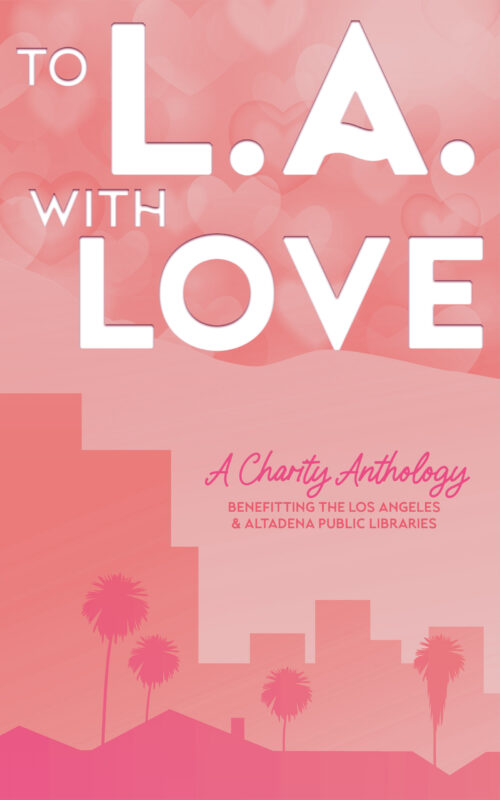





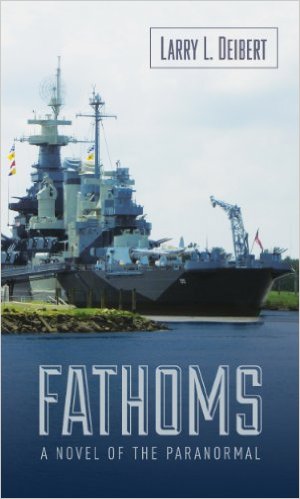
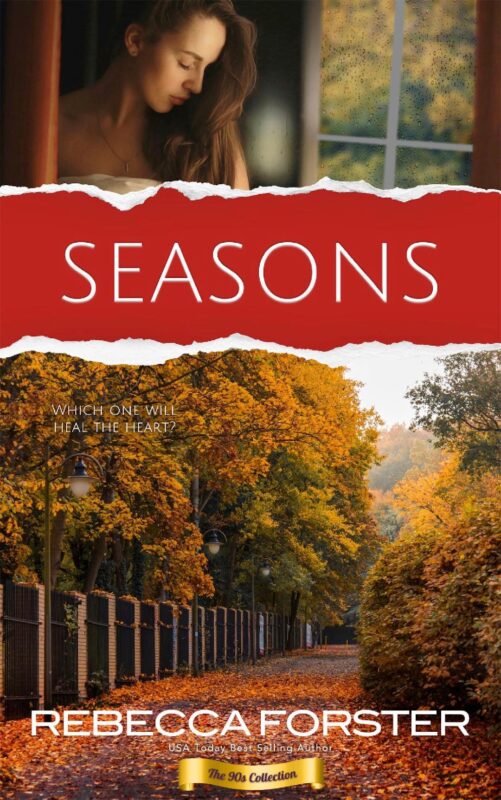

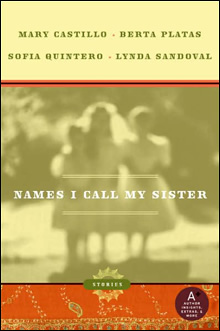

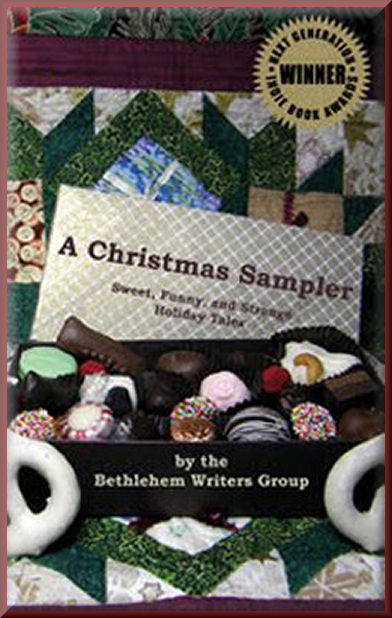




























Hi Will, What a great way of looking at writing. Thank you for this unique perspective.
Thanks Veronica